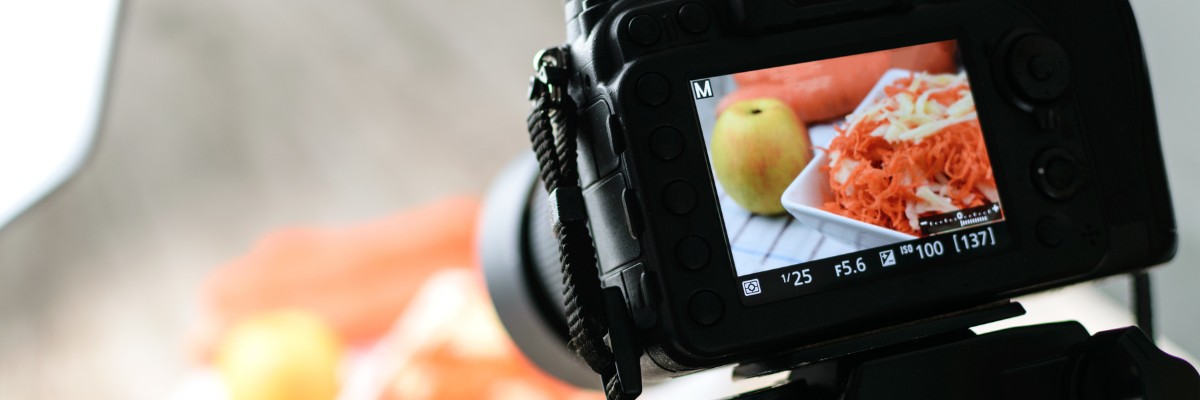In today’s visually-driven world, food photography has become a universal language that tantalizes the taste buds even before taking the first bite. With the rise of social media and the growing popularity of food blogs and culinary websites, the demand for mouthwatering food photographs has skyrocketed. Capturing visually appealing and appetizing shots of food requires more than just a good camera; it necessitates an understanding of composition, lighting, styling, and storytelling. Whether you are a professional photographer or an enthusiastic foodie with a smartphone, this article will provide you with essential tips to master the art of food photography and make your dishes look irresistible.
1. Master the Basics of Composition
Composition is the foundation of any compelling photograph, and food photography is no exception. Pay attention to the rule of thirds, leading lines, and framing. Imagine your frame divided into nine equal parts by two horizontal and two vertical lines, and position the key elements of your shot along these lines or at their intersections. This creates a visually balanced and engaging composition.
2. Choose the Right Props and Background
Selecting the right props and background is crucial in food photography. Opt for simple and complementary props that enhance the food’s appeal without overpowering it. Natural materials like wood, stone, or rustic tableware often work well, creating a warm and inviting ambiance. Consider the color and texture of the background to ensure that it complements the food and doesn’t distract from it.
3. Play with Lighting
Proper lighting can make or break a food photograph. Natural light is a food photographer’s best friend. Soft, diffused light is ideal for most dishes as it highlights the textures and colors without harsh shadows. Avoid using direct flash, as it can create unappealing highlights and shadows. Experiment with different angles to find the best lighting that enhances the dish’s most appetizing features.
4. Keep it Fresh and Authentic
In food photography, authenticity is key. Use fresh and high-quality ingredients that look appealing to the eye. Avoid using ingredients that may wilt, discolor, or lose their texture quickly under the lights. Garnish sparingly and purposefully to maintain the dish’s authenticity without overwhelming it with unnecessary elements.
5. Style with Purpose
Food styling is an art that involves arranging and presenting the dish in an appealing way. Pay attention to the natural shape and colors of the ingredients. Use the rule of odds – odd numbers of elements are often more visually pleasing than even numbers. Consider the dish’s story and the emotions you want to evoke in your audience. For example, a messy, invitingly dripped sauce may suggest indulgence and satisfaction.
6. Get up Close and Personal
Zoom in on the food to capture its mouthwatering details. Macro shots of the food’s textures can be incredibly enticing. From the glistening glaze on a freshly baked pie to the intricate layers of a decadent cake, close-up shots immerse viewers in the culinary experience.
7. Tell a Story
Food photography is not just about showcasing a beautiful dish; it’s about telling a story. Create a narrative around the food you’re photographing. Consider the cultural background, the chef’s inspiration, or the unique ingredients used. Include relevant props that complement the narrative and add depth to the image.
8. Mind the Angle
Experiment with different angles to find the most captivating perspective for your food photography. While shooting from a 45-degree angle above the food is a common and effective approach, don’t be afraid to try different angles, such as shooting from the side or even from a bird’s-eye view. Each angle can create a distinct mood and showcase various elements of the dish.
9. Post-Processing Perfection
While capturing a stunning shot is essential, post-processing can elevate your food photography to the next level. Use editing software to adjust exposure, contrast, color balance, and sharpness. Be mindful not to over-edit, as it can make the food look unnatural. The goal is to enhance the dish’s appearance without distorting its true essence.
Conclusion
Food photography is an art that requires a combination of technical skills, creativity, and a passion for food. By mastering the basics of composition, lighting, and styling, you can capture mouthwatering shots that leave your audience craving the flavors behind the lens. Remember to tell a story with your images, experiment with different angles, and use post-processing thoughtfully. Whether you’re a professional photographer or an amateur enthusiast, these tips will help you take your food photography to new heights and make your audience’s taste buds tingle with every shot. So grab your camera or smartphone and get ready to create stunning food photographs that leave a lasting impression. Happy shooting and bon appétit!




